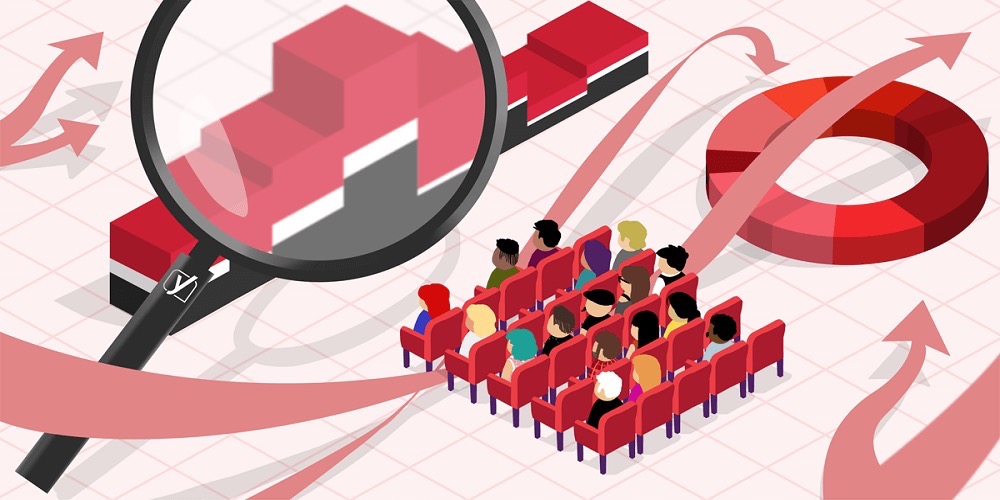If you’re reading this, you either already have a YouTube channel or are seriously considering starting one. Either way, it’s important to learn about YouTube monetization rule, because they will directly affect how much goes into your bank account from the platform. These rules are updated from time to time and it helps to get a reminder, or for those who are new to the platform, an outline of the dos and don’ts of the biggest video sharing platform in the world. So let’s look at a couple of the main ones and see how they can affect your total income from your channel.
1. First, YouTube’s 4000-hour rule.
The biggest and hardest of all the monetization rules is the one that permits or prevents you from even applying for monetization. In 2018 YouTube implemented a policy that allowed only channels that had a total of 4000 hours of watch time as well as 1000 subscribers to apply for monetization.
Also, you would need to reach this 4000-hour benchmark every year to stay monetized. This meant that even channels that were monetized before this would be demonetized if they had less than 4000 hours. This was the biggest update to YouTube monetization rules in recent history. This was to ensure that only content creators that contributed positively to the community would remain monetized.
2. Non-monetized content.
YouTube has indicated much more recently that it would begin placing ads even on videos that have not been monetized. This means that even if you haven’t monetized your YouTube channel, don’t be surprised to see ads pop up here and there from now on. So there is really no reason for you not to monetize your content. If you don’t, YouTube will probably do it for you. As a new channel, getting to 4000 watch hours should be the first thing on your list. When you’ve don’t that, you can then start to make money from your content, something YouTube will already have been doing.
3. De-monetization!
Getting on YouTube’s list of partners doesn’t guarantee that you will remain there. It is very possible to lose your partnership with YouTube. One way has been mentioned above; failing to meet the 4000-hour requirement for a year. Another way is by breaking one of YouTube’s many other rules on what kind of content is allowed on their platform. Inappropriate or offensive content is frowned upon by the company and is one of the quickest ways to get de-monetized.
Copyright infringements on a video of yours could also mean you lose the right to earn money from that video. In such cases, all profits from that video will go to the individual who owns the copyright. Lastly, misleading titles and thumbnails could be labeled clickbait and could put you at risk of being de-monetized completely. So you want to be careful as you go about sharing your videos.
Conclusion
YouTube is a very revolutionary platform, and it has remained relevant by ensuring an enjoyable platform for all. These rules help keep things that way, and you’d be better off becoming familiar with them.

